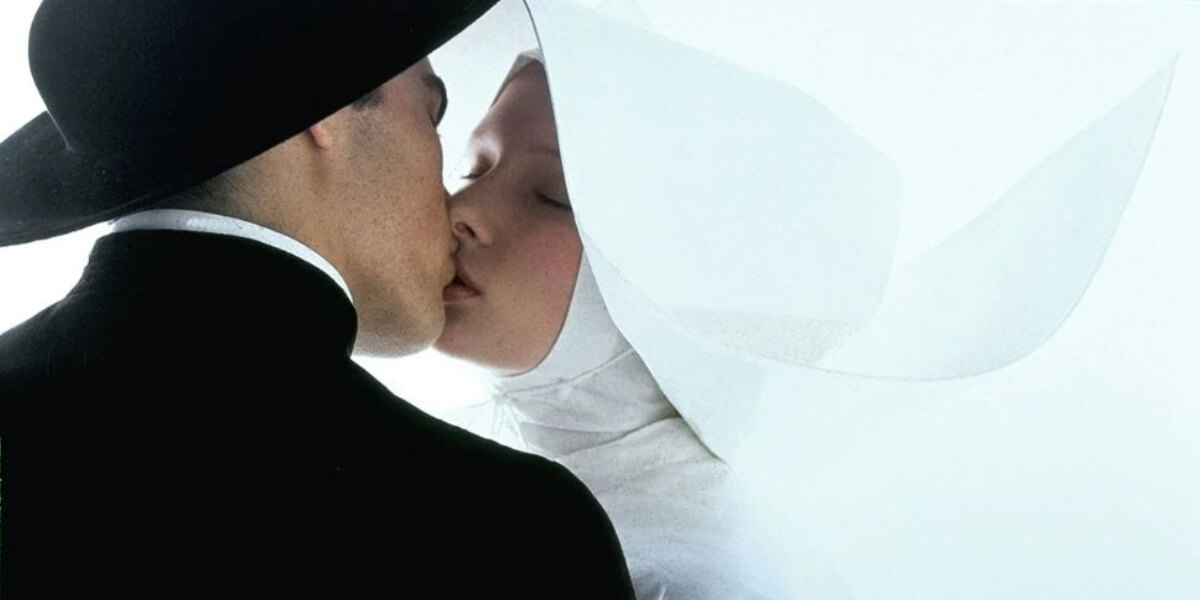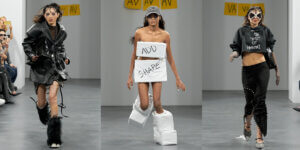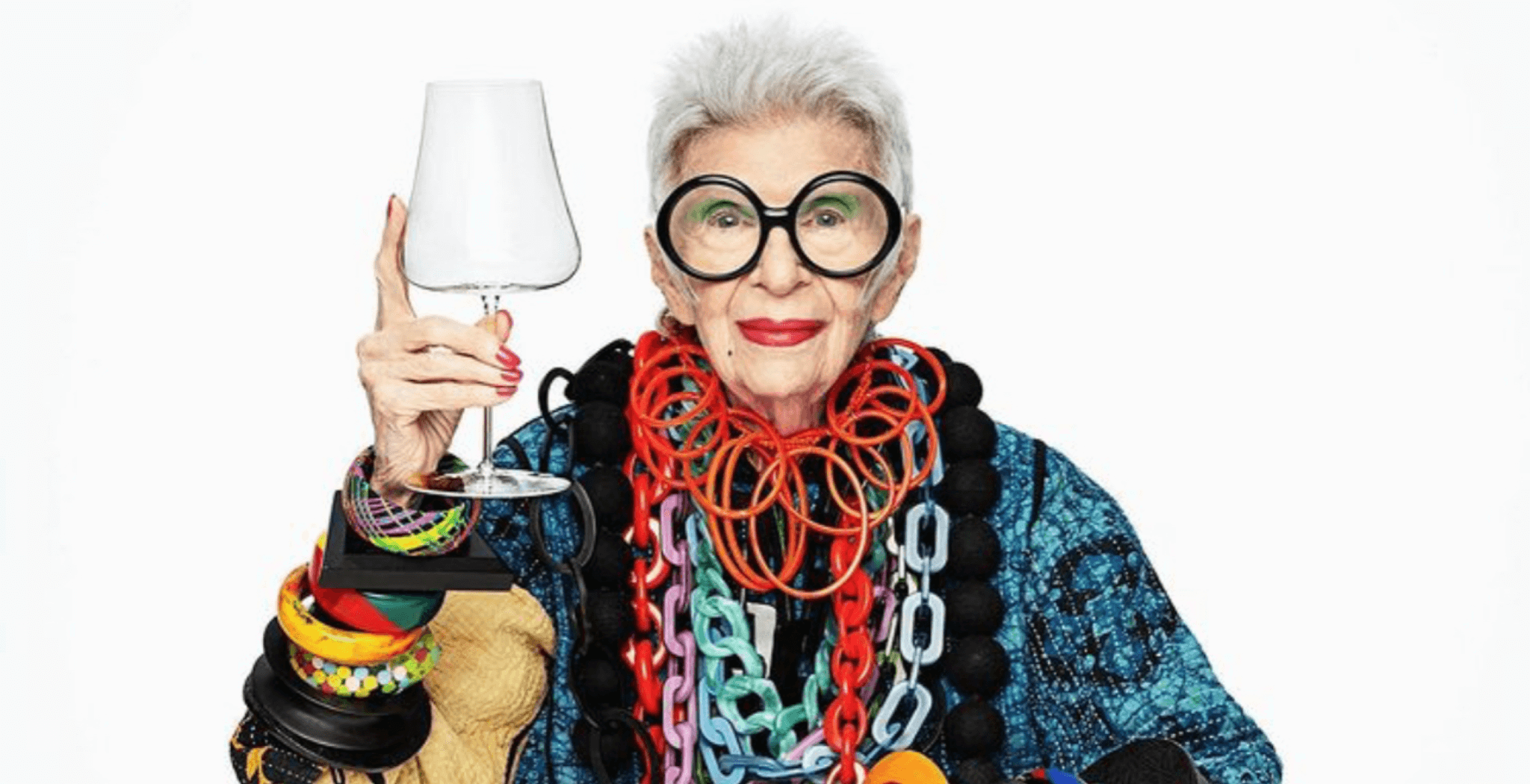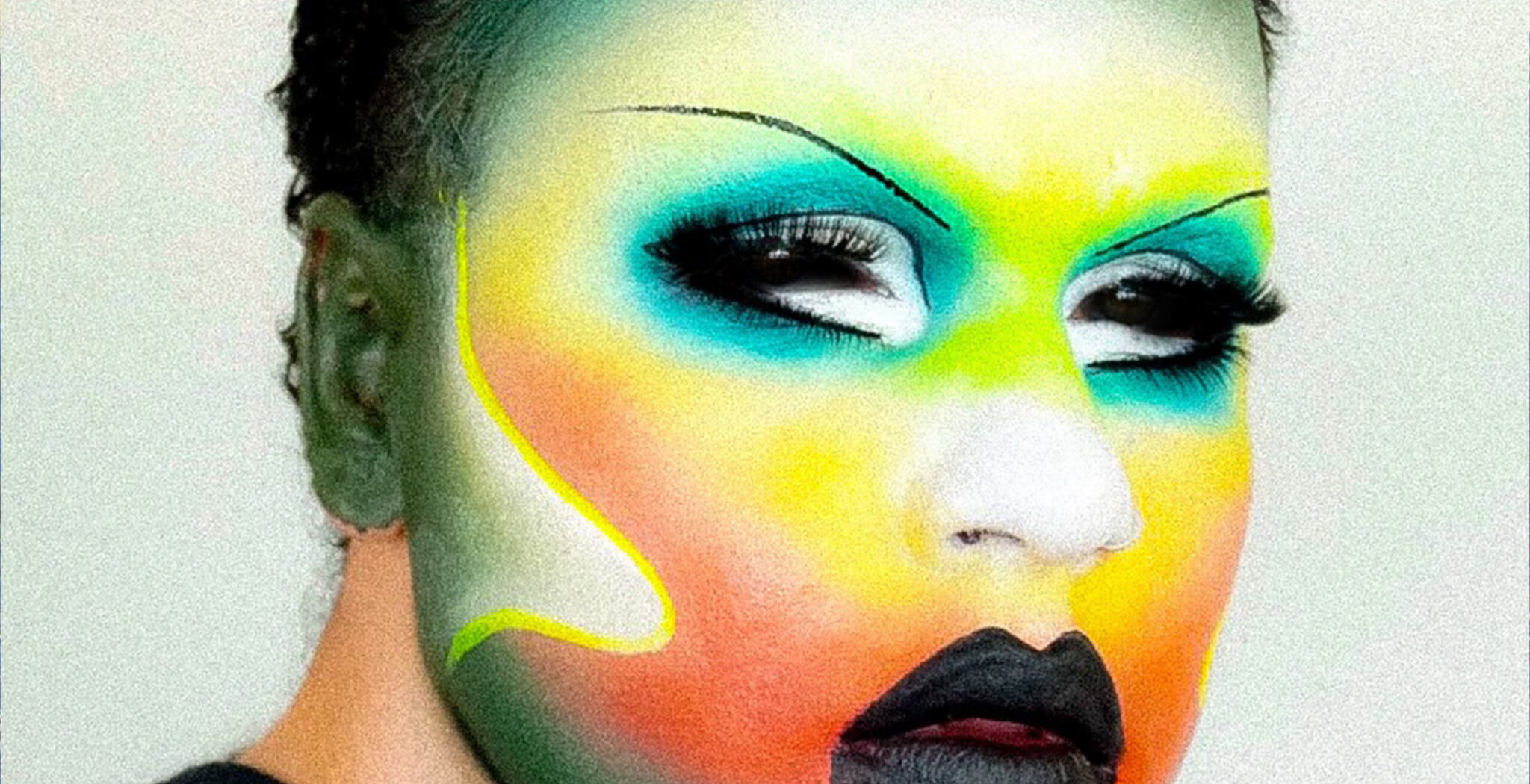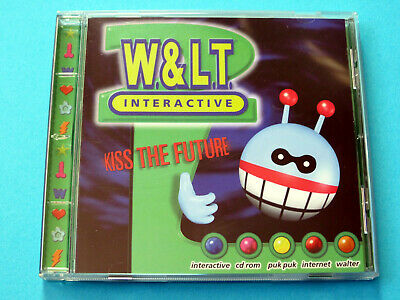In the world of fashion, where aesthetics often collide with social consciousness, few brands have generated as much controversy and debate as United Colours of Benetton. Renowned for its bold advertising campaigns, Benetton has consistently pushed boundaries and sparked conversations on issues ranging from racism to war and environmental degradation.
Since the late 1980s, Benetton’s “United Colours” campaign has shocked and captivated audiences with its striking imagery, including poignant depictions of AIDS victims and war casualties. While intended to provoke reflection on pressing social issues, these campaigns have come under scrutiny for their perceived exploitation of tragedy for commercial gain.
But Benetton is not alone in its penchant for courting controversy through fashion. Sisley’s ‘Fashion Junky’ campaign of the late 1990s flirted with the dangerous allure of drug addiction, sparking condemnation for glamorising drug use.
Similarly, Diesel’s “Be Stupid” campaign in the mid-2000s dared consumers to embrace their eccentricities, provoking both admiration and outrage with its provocative imagery and irreverent slogans. From challenging conventional notions of intelligence to flirting with cultural insensitivity, Diesel’s approach blurred the line between bold marketing and outright controversy.
As these examples illustrate, the intersection of fashion and advertising is a battleground of conflicting values – where artistic expression collides with social responsibility and commercial interests. Join us as we delve deeper into the controversial side of fashion campaigns, exploring the delicate balance between provocation and propriety in the pursuit of brand visibility.

Basically every Campaign by United Colours of Benetton
The Italian clothing brand Benetton has a history of using provocative and often controversial advertising campaigns to raise awareness of social and political issues. Some of their campaigns have featured images relating to issues such as racism, war, AIDS and environmental degradation.
One of Benetton’s most famous and controversial campaigns was the “United Colours of Benetton” campaign, which debuted in the late 1980s. This campaign featured striking and often shocking images, such as a photograph of a man dying of AIDS and another of the blood-stained military uniform of a soldier killed in the Bosnian conflict.
These campaigns were designed to stimulate debate and reflection on important social issues, but they were often criticised for being exploitative or insensitive. Critics argued that using real-life tragedies and sensitive issues for commercial purposes was unethical and inappropriate.
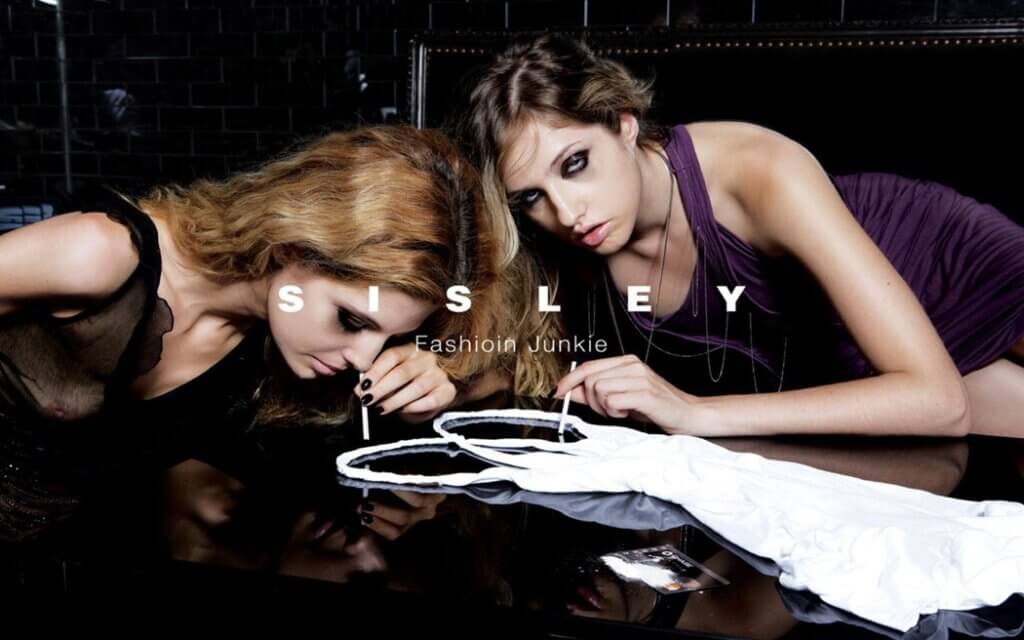
Fashion Junky by Sisley
Sisley is an Italian fashion brand known for its edgy and provocative marketing strategies. The ‘Fashion Junky’ campaign, launched in the late 1990s, featured a series of advertisements depicting young, glamorous models in various states of drug use and addiction.
The campaign caused considerable controversy because of its glamorisation of drug use and its portrayal of drug use as fashionable or trendy. Critics argued that the ads were irresponsible and could potentially glamorise drug addiction, especially among young people who might be influenced by the images.
Despite the backlash, the Fashion Junky campaign attracted considerable attention and became notorious for its controversial content. However, like many controversial fashion campaigns, it also raised questions about the boundaries between artistic expression, social responsibility and commercial exploitation.

Be Stupid by Diesel
Remember when Diesel tried to be “stupid”? Diesel, an Italian clothing brand (see a pattern here?) known for its bold and unconventional marketing, launched a series of advertising campaigns in the mid-2000s under the slogan “Be Stupid”. These campaigns aimed to celebrate individuality, creativity and risk-taking.
The “Stupid” campaign featured provocative images and slogans that challenged conventional wisdom and encouraged people to embrace their uniqueness. However, the campaign also sparked controversy due to its use of provocative and sometimes controversial themes.
One notable aspect of the campaign was the “Smart vs. Stupid” advertising strategy, which juxtaposed conventional notions of intelligence and success with the idea of being “stupid” in a positive sense. Some of the campaign’s imagery contained suggestive or risqué content, which drew criticism from some quarters for being inappropriate or offensive: An image of a white man wearing a Native American headdress with a bow and arrow. The slogan was “We’re with Stupid”.
Despite the controversy, the “Stupid” campaigns were generally well received by Diesel’s target audience, particularly younger consumers who appreciated the brand’s irreverent and boundary-pushing approach to marketing. However, like many provocative advertising campaigns, the “Stupid” series also attracted criticism and raised questions about the line between edgy marketing and potentially offensive or insensitive content.









